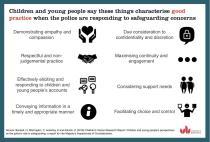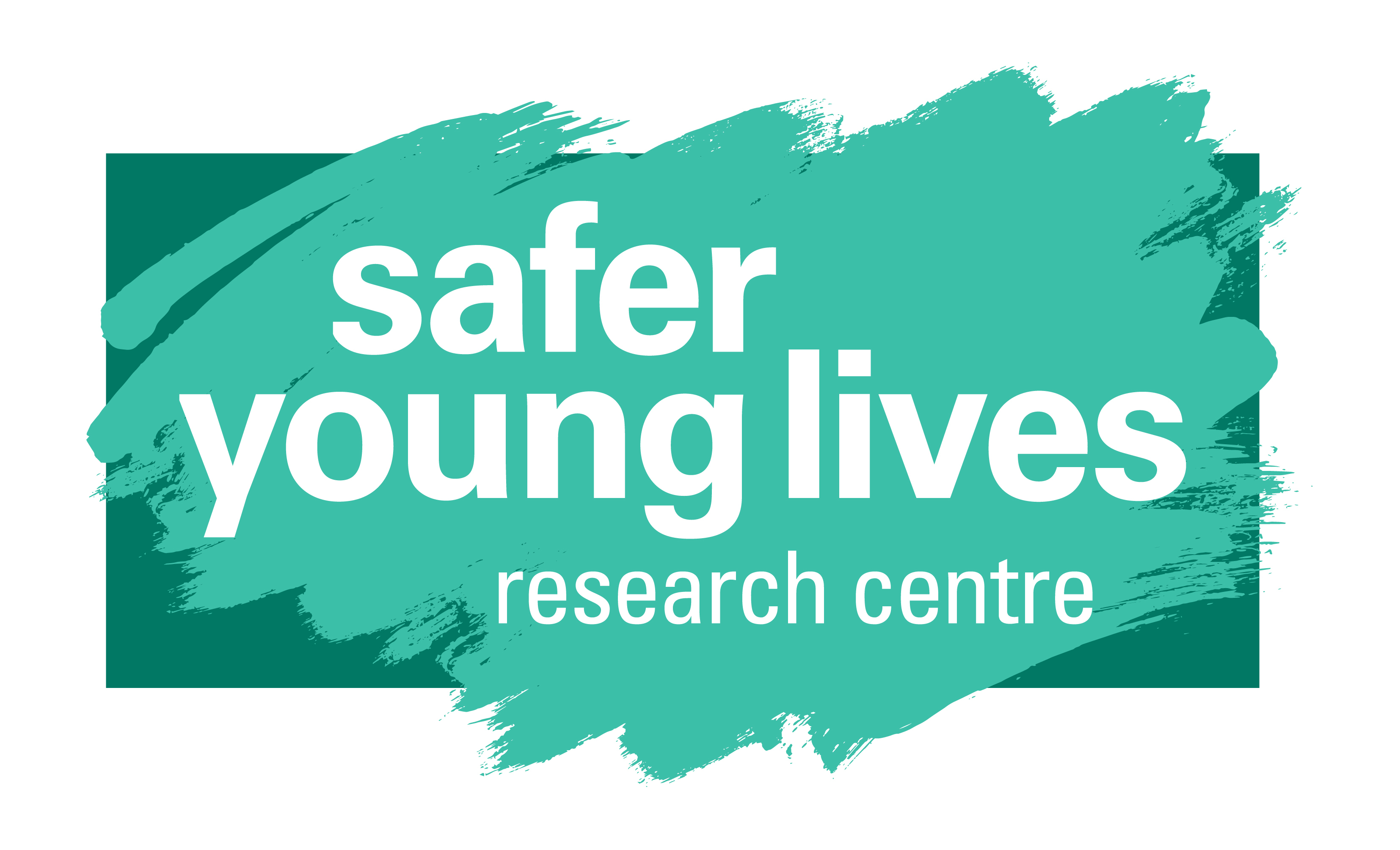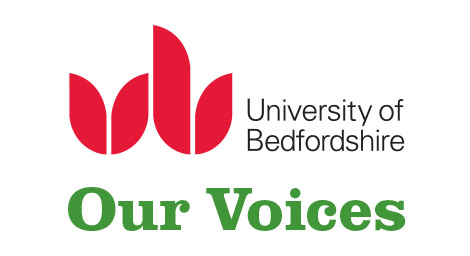“It’s just about the respect really” Children’s views on safeguarding practice within the police

This blog post was originally published on the University of Bedfordshire’s International Centre Blog.
Over the summer of 2015 researchers from the International Centre asked 45 children and young people across England, who had come into contact with the police because of safeguarding concerns, to tell us what the police did well and what they needed to do better.
We were asked to do this work on behalf of Her Majesty’s Inspectorate of Constabulary (HMIC) as part of their child protection inspection programme. This week’s post highlights key findings from this work. The full ‘Children’s Voices’ report website, as can our previous 2015 report ‘Making Justice Work’ that shares young people’s experiences of criminal justice responses to child sexual exploitation.
Too often children and young people’s perspectives on issues that affect them are either side-lined, or not sought in the first place. We were therefore delighted that HMIC wanted to hear directly from children and young people and commissioned us to undertake this important work.
We are so grateful to the 45 children and young people who took the time to share their experience-based opinions on what the police do well, and what they need to do to improve their responses to safeguarding concerns. Their contributions have been invaluable in helping us understand the realities of children and young people’s experiences and the things we need to address to better support them in these difficult situations.
So what did they tell us?
The majority of participants recognised the contribution police could make in terms of ensuring a child or young person’s safety and pursuing perpetrators. The vast majority, however, would not directly approach the police for such support unless in immediate danger, preferring to have this access mediated through an individual they already knew like a trusted friend, family member or professional such as a teacher or a youth worker. Identified barriers to directly seeking help from the police included: being scared of the police; fear of repercussions; a lack of control over the information shared; fear of not being believed or of being treated like a criminal; and previous negative experiences of the police.
“There was a lot of things which I did want to go to the police for, but I was just too scared” (16 year old young woman)
Most of the children and young people that we spoke to felt that the police don’t always treat young people fairly and that some young people are treated less fairly than others. This can be because of their ethnicity or gender, or because of their, or their family’s, history with the police. This holds clear implications for their propensity to seek, or accept, support.
And what happens when they do come into contact with the police?
One of the most striking findings from the research was the variability of children and young people’s experiences of police responses to safeguarding concerns. This applied both between forces (as might be expected) and within forces, including within an individual child or young person’s encounters with different individuals within the same force. Some spoke about positive experiences of being listened to and feeling safe in their contact with the police. Many others, however, spoke about less positive experiences, ranging from a lack of basic professional standards to physical violence in their encounters with the police.
How could this be improved?
We were keen to learn what ‘good’ looked like from a child or young person’s perspective, so we could see how this could be replicated on a wider scale. The majority of what children and young people describe as positive practice is very achievable, and indeed recommended in policy and practice. It’s just not always implemented. The children and young people who took part in this work identified eight key components of an adequate and appropriate response when the police get involved in protecting children and young people from harm. These mirror messages from ‘Making Justice Work’ and other similar research.

It is clear from children and young people’s contributions to this research that these commitments are not, as yet, being consistently translated into practice. Examples of good practice are presented as exceptional and related to the approach of a particular individual, rather than indicative of a wider victim-centred professional policing culture.
If we are to encourage children and young people to come forward and seek help when their safety is compromised, it is critical that this be addressed. One means through which we hope to support this at the International Centre is through our new CSE and Policing Knowledge Hub helen.beckett@beds.ac.uk
The quote in the title of this post is from a 16 year old young man






